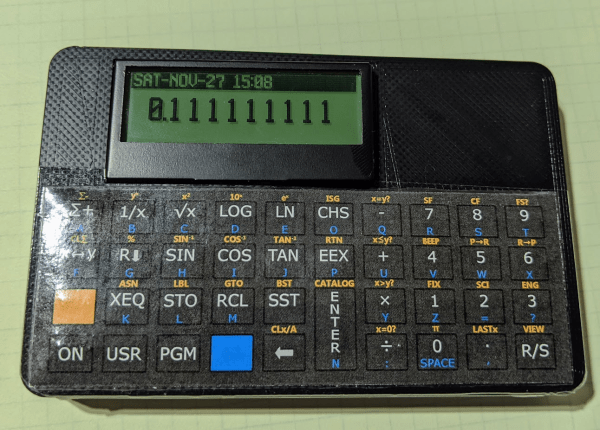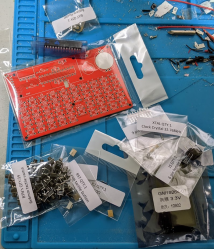If you have an HP-41 — arguably the best calculator ever made, you might not have noticed that there’s a version of Forth for it. The code was written a while back in assembly and will work on anything that actually emulates the device properly, such as a SwissMicros DM41X. [Calculator Clique] shows you how it works in a recent video that you can watch below.
The original code dates back to 1984, but some recent detective work by [Angel Margin] has the code running again. If you know about synthetic programming on the 41C and the oddities of its internal architecture, you can’t help but be impressed.
Of course, Forth is meant to be easy to port over, but if you read about some of the architectural challenges, you start to realize this could be one of the more difficult implementations you’ve ever seen. Don’t forget you have what is, by today’s standards, an extremely limited amount of resources.
That being said, calling the HP41C a calculator is almost a crime. It is really a tiny computer hiding inside a calculator case. Then again, the best calculators always are.
We wonder if the code would run on an emulated 41C? Were you part of the TI calculator gang? No problem.















